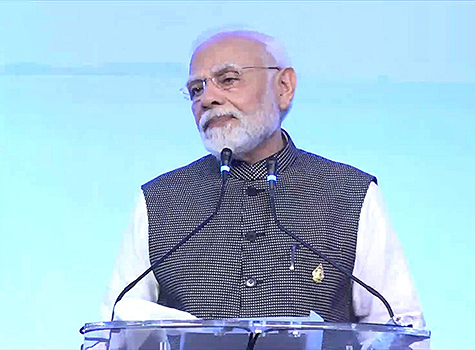I have been writing about Dances of India for a long time. We see Nataraja statues all over the world representing India or its dances. I thought it is time to explain the symbolism and the origin of this most popular, mystic and beautiful Lord Nataraja, also known as Nataraj in North.
There are three aspects to Lord Shiva’s dance. Lord Nataraja represents the third aspect, “The gift-giving.” This is the mystic dance of Lord Shiva, danced before the golden assembly in the Golden Hall of Chidambaram or Thillai in Chennai, South India.
The very meaning of the Chidambaram is crucial to understand its significance. Chit means the heart or consciousness. Ambaram means universe, the heavens or hall. At the age five, this is where my innermost desire to start dancing has begun. When I saw the majestic and famed Nataraj (King of Dances) temple at Chidambaram, and its impressive sculptures of dance which represent Creation, Preservation, and Destruction, my perceived fantasy turned into passion for life.
Temple’s architecture:

This Chidambaram temple houses one of India’s most iconic sculptures and represents the seat of one of Hinduism’s sacred philosophies, and not to mention a dancer’s dream. The physical structure of this temple and the philosophy surrounding the sculptural iconography link the human body, architecture and dance.
Believed to be established since the 2nd century B.C.E and developed through a succession of regimes, the current form of the Nataraja temple is commonly attributed to the reign of the Chola dynasty. According to the data provided by the temple, the temple complex spans over 13 hectares (around 32 plus acres), with 4 gopuram (monumental towers) facing the prime directions. With granite bases and a superstructure of brick and lime-work, these gopurams rise 7 stories high. These Gopurams are prominent in the Dravidian architecture. The temple is also special in its inclusion of shrines for both Vishnu and Brahma, making it one of the few Hindu temples that have shrines for the divine trinity.
The gateways are offset anti-clockwise from the main axis of the temple and are embellished with sculptural representations of the 108 Karanas (poses) used by all dancers in their choreographies, as described by Bharatha Muni in Natya Shastra, a book on dramaturgy. In the East and West gopuram the descriptive slokas (prayers) from the Natya Shastra accompany the relief panels. These Karanas are engraved into the doors of the temple. There is a famous dance called Natam Adinar that describes the Ananda (Happy) dance of Lord Nataraja in this Golden temple. The Karanas as shown in the temple are often used to choreograph this powerful dance. Learning the Karana movements is part of every dance student’s syllabus. Dr. Padma Subrahmanyam has made a tremendous contribution to the dance world by studying all the sources describing the Karanas and reconstructing and documenting them.
Lord Nataraja Statue:
The statue itself is made of bronze, a composite metal made of five elements or Pancha Loha (tin, copper, zinc, silver and gold) that are transformed by fire. The image of Nataraja represents a meeting point of religion, human physiology and cosmic order. This culmination in spiritual and physical aesthetic is precisely what is attempted and embodied in the art of dance.
Here, Lord Shiva in the form of Nataraja is dancing with four hands.
1. One right hand sounds the drum. This drum represents the original creating force and the intervals of the beat in the time process.
2. The original right hand in the pose of Abhaya Hasta, gives protection to his devotees.
3. One left hand holds the Sacred Flame, which represents the Fire of Sacrifice and destruction of ignorance by knowledge.
4. The other left hand is the Danda Hasta pose, stretched across the body and pointing to the upraised foot, signifying blissful refuge to those who seek His Love and Grace.
The right foot tramples down the dwarf demon Muyalagam, signifying the stamping down of evil and arrogance. The left foot raised in the Kunchita Paadam, shows that He showers Grace on those who seek it. The peaceful expression on his face and his radiant smiling eyes emanate love and mercy.
In his hair may be seen a wreathing cobra, a skull, and a mermaid figure of Ganga. Upon it rests the crescent moon. In his right ear, he wears a man’s earring, a women’s in the left. He is adorned with necklaces and armlets, a jeweled belt, anklets, bracelets, finger and toe rings, along with a fluttering scarf and a sacred thread.
Lord Nataraja is the duel personality of God and Goddess, the gentle gracious entity with the powerful nobleness. The dual significance of this statue represents the material processes of the nature as well as the spiritual processes by which worldly passions, evil thinking and wickedness are destroyed.
While the link between architecture and dance culture was explicit up to the 18th century, it is less compelling in the context of modern south Indian architecture. However, I am seeing a small trend again in India to build temples and connect its significance to the arts.
If you are planning to visit India this winter, keep Chidambaram in mind. This place is a great archeological site as well as a spiritual site for all dancers.
Posted: Monday, September 11, 2017



